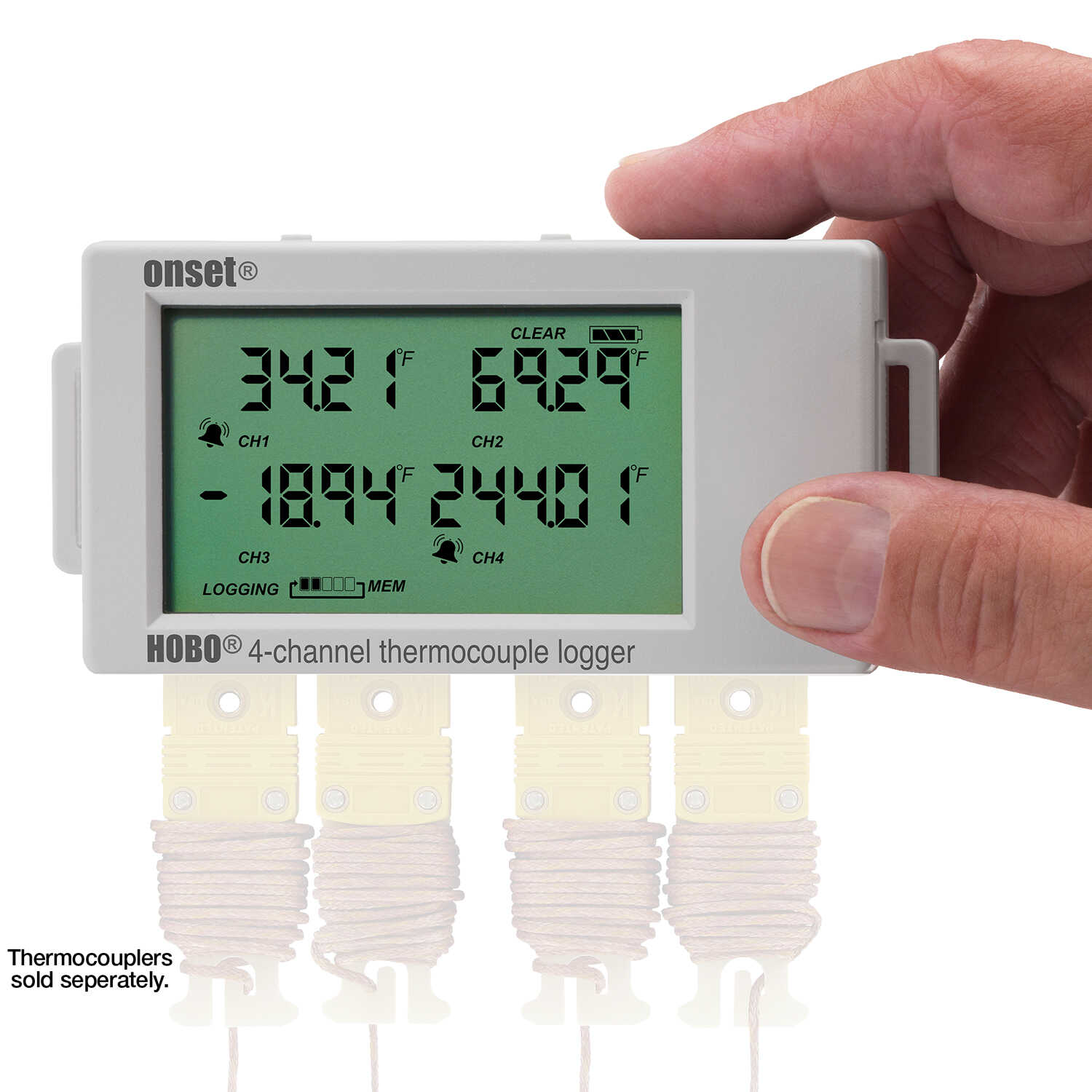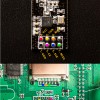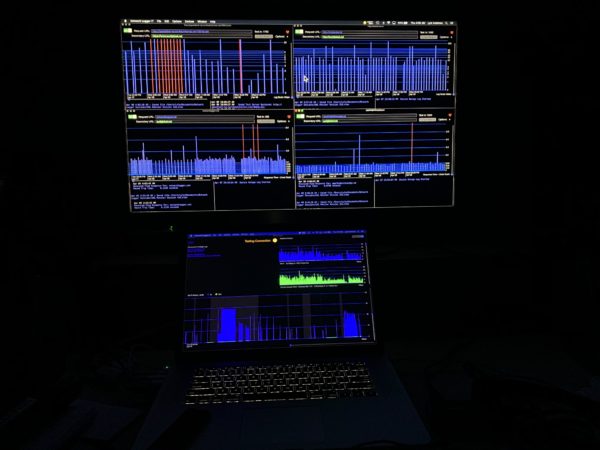
- Standard deviation logger pro android#
- Standard deviation logger pro pro#
- Standard deviation logger pro code#
The gel-filled reference half cell is sealed it cannot be refilled. The Vernier gel-filled pH Sensor is designed to make measurements in the pH range of 0 to 14. The voltage decreases by about 0.25 volts/pH number as the pH increases. The voltage increases by about 0.25 volts for every pH number decrease. The pH Sensor produces a voltage of approximately 1.75 volts in a pH 7 buffer. The cable from the pH amplifier ends in a BTA plug. The pH amplifier inside the handle is a circuit that allows the standard combination pH electrode to be monitored by a lab interface. If the readings are still not accurate after calibration or if the response is slow, try shocking the sensor as described in the Troubleshooting section. If the electrode is inadvertently stored dry for a short period of time, immerse the tip in the pH 4 buffer/KCl storage solution for a minimum of 8 hours prior to use. Storing the electrode in this solution contributes to electrode longevity and retains electrode response time when the unit is placed back into service. Vernier sells a pH Buffer Capsule kit (PH-BUFCAP) that includes a buffer solution preservative.
Standard deviation logger pro code#
Vernier sells 500 mL bottles of pH Storage Solution (order code PH‑SS), or you can prepare additional storage solution by adding 10 g of solid potassium chloride (KCl) to 100 mL of pH 4 buffer solution. The pH electrode is shipped in this solution. Long-term storage (more than 24 hours): Store the electrode in a pH 4 buffer/KCl storage solution in the storage bottle. It should never be stored in distilled water.

Short-term storage (up to 24 hours): Place the electrode in pH 4 or pH 7 buffer solution. For more information about pH buffer solutions, including recipes for preparation, see Specifications
Standard deviation logger pro android#

Standard deviation logger pro pro#
For instructions for pH Sensor calibration using Logger Pro computer software, see.It is a simple process that takes only a few minutes. A calibration equation is stored on each pH Sensor before they are shipped, which is used as a default by Vernier software.įor the most accurate measurements with this sensor, we recommend calibration. This is a subtlety, but for many experiments, n is large so that the difference is negligible.For many experiments, calibrating the pH Sensor is not required. **Using the number of points – 2 rather than just the number of points is required to account for the fact that the mean is determined from the data rather than an outside reference.

The two should be similar for a reasonable fit. One can compare the RMSE to observed variation in measurements of a typical point. The RMSE is directly interpretable in terms of measurement units, and so is a better measure of goodness of fit than a correlation coefficient. Key point: The RMSE is thus the distance, on average, of a data point from the fitted line, measured along a vertical line. That is probably the most easily interpreted statistic, since it has the same units as the quantity plotted on the vertical axis. It is just the square root of the mean square error. The MSE has the units squared of whatever is plotted on the vertical axis.Īnother quantity that we calculate is the Root Mean Squared Error (RMSE). The smaller the Mean Squared Error, the closer the fit is to the data. Then you add up all those values for all data points, and, in the case of a fit with two parameters such as a linear fit, divide by the number of points minus two.** The squaring is done so negative values do not cancel positive values. For every data point, you take the distance vertically from the point to the corresponding y value on the curve fit (the error), and square the value.

The Mean Squared Error (MSE) is a measure of how close a fitted line is to data points.


 0 kommentar(er)
0 kommentar(er)
